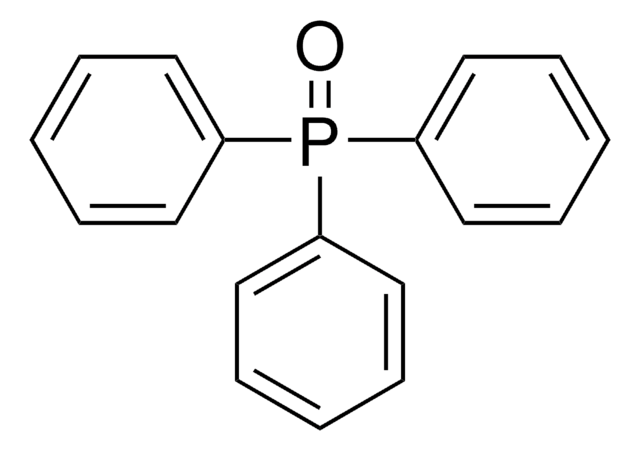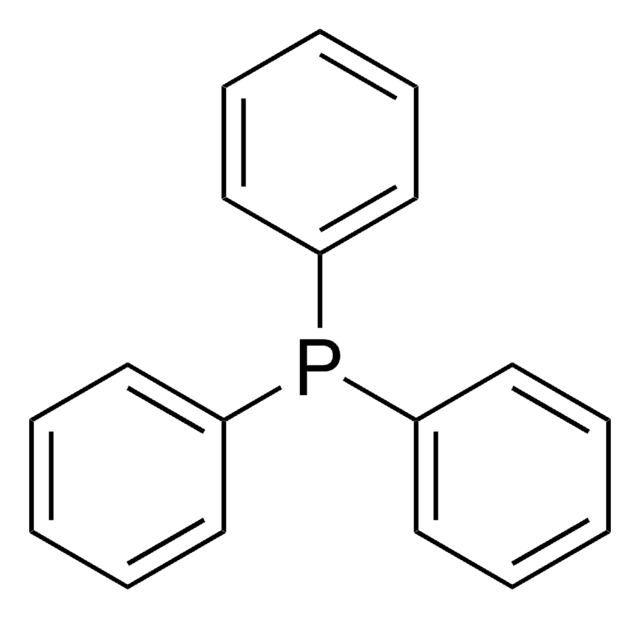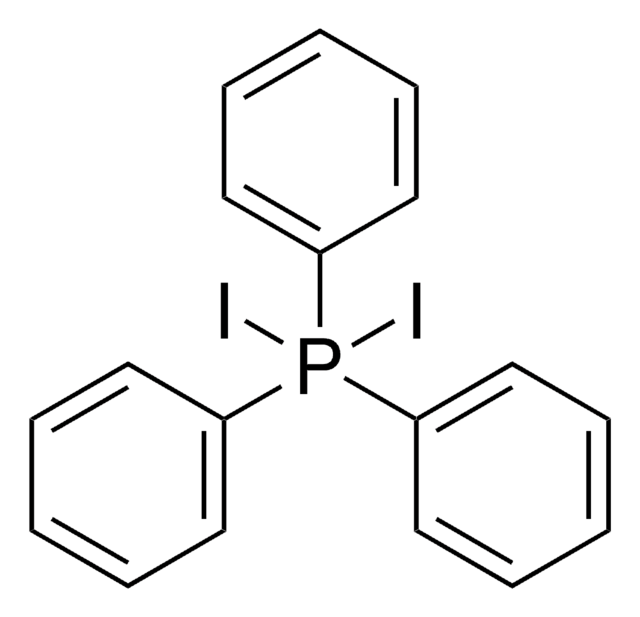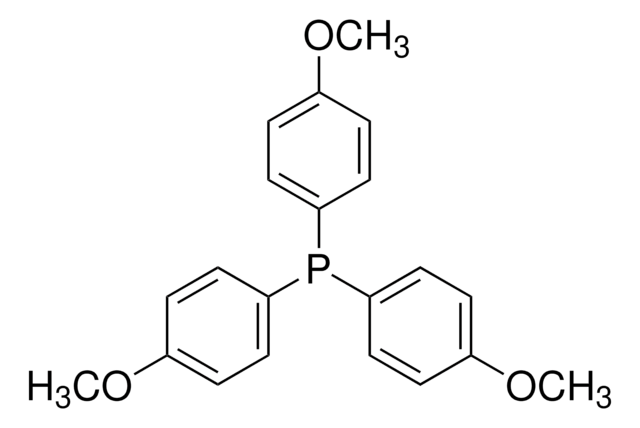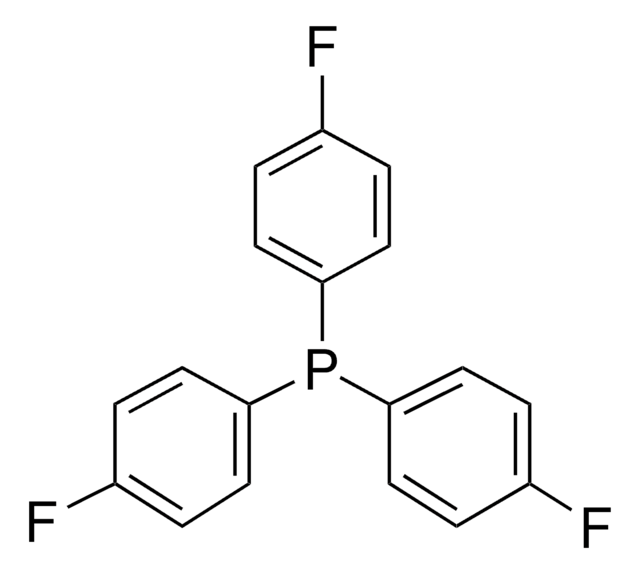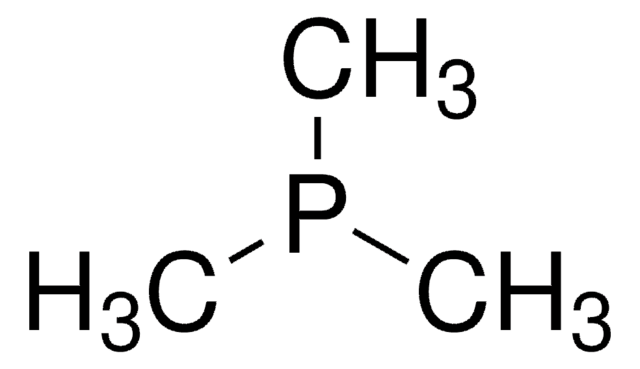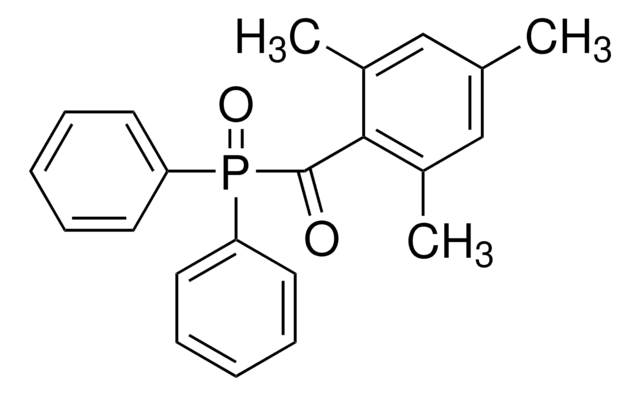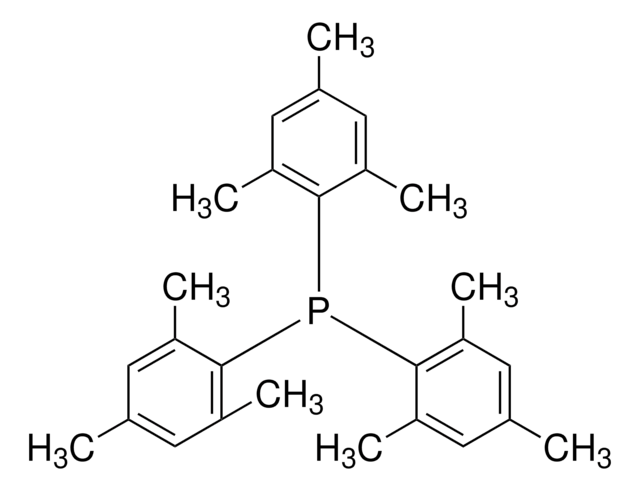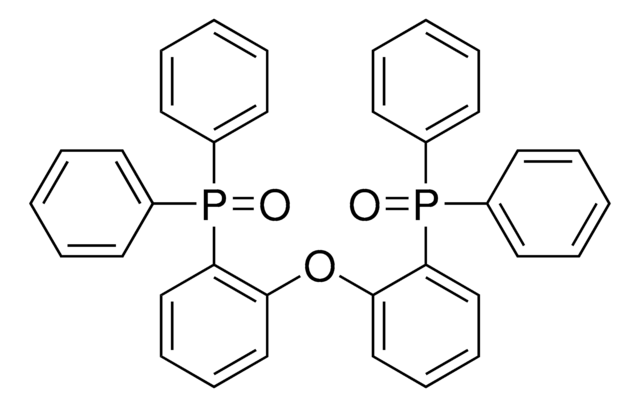All Photos(1)
About This Item
Linear Formula:
(C6H5)3PS
CAS Number:
Molecular Weight:
294.35
Beilstein:
645872
EC Number:
MDL number:
UNSPSC Code:
12352100
PubChem Substance ID:
NACRES:
NA.22
Recommended Products
Assay
98%
form
solid
mp
161-163 °C (lit.)
solubility
isooctane: soluble
SMILES string
S=P(c1ccccc1)(c2ccccc2)c3ccccc3
InChI
1S/C18H15PS/c20-19(16-10-4-1-5-11-16,17-12-6-2-7-13-17)18-14-8-3-9-15-18/h1-15H
InChI key
VYNGFCUGSYEOOZ-UHFFFAOYSA-N
Looking for similar products? Visit Product Comparison Guide
General description
Triphenylphosphine sulfide (TPPS) forms TPPS·3I2 adduct with I2 molecules.
Application
Triphenylphosphine sulfide was used as internal standard in derivatization method for determination of trace levels of elemental sulphur in gasoline using flame ionization detection. It was also used for extraction of Pd(II) from hydrochloric acid solutions containing small amounts of SCN-.
Signal Word
Warning
Hazard Statements
Precautionary Statements
Hazard Classifications
Eye Irrit. 2 - Skin Irrit. 2 - STOT SE 3
Target Organs
Respiratory system
Storage Class Code
11 - Combustible Solids
WGK
WGK 3
Flash Point(F)
Not applicable
Flash Point(C)
Not applicable
Personal Protective Equipment
dust mask type N95 (US), Eyeshields, Gloves
Regulatory Information
新产品
Choose from one of the most recent versions:
Already Own This Product?
Find documentation for the products that you have recently purchased in the Document Library.
A new assembly of diiodine molecules at the triphenylphosphine sulfide template.
Devillanova FA.
J. Chem. Soc., Dalton Trans., 17, 3069-3073 (1999)
SCN- effect on the palladium (II) transfer in two and three phases systems using triphenylphosphine sulfide as a carrier.
Antico E, et al.
Reactive functional Polymers, 28(2), 103-109 (1996)
R E Pauls
Journal of chromatographic science, 48(4), 283-288 (2010-04-24)
Several years ago, the presence of elemental sulfur in gasoline became a significant issue for the automotive and fuel industries. In several incidents, elemental sulfur at trace levels led to the corrosion of silver alloy fuel sensing elements in automobile
Shuli Yin et al.
Nanoscale, 12(27), 14863-14869 (2020-07-08)
The development of doped noble metal catalysts with nonmetal elements to improve the catalytic performance toward the oxygen reduction reaction (ORR) is significant for proton exchange membrane fuel cell technology. Here, we report a one-pot for dual-nonmetal-doping strategy for the
Our team of scientists has experience in all areas of research including Life Science, Material Science, Chemical Synthesis, Chromatography, Analytical and many others.
Contact Technical Service